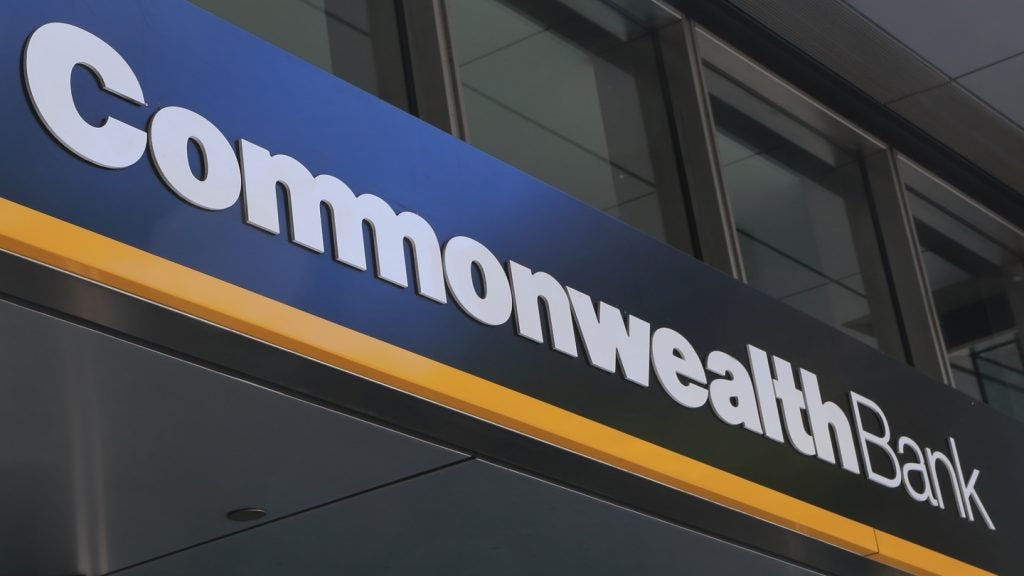National Australia Bank (NAB) has reported a
21.4 percent fall in first half net profits to A$2.09 billion
($1.92 billion).
Earnings within NAB’s retail-focused Personal
Banking unit fell by 22.3 percent to $317 million, in large part as
a result of the bank’s aggressive fee-cutting strategy.
Less than two months after a critical survey
of banking fees in Australia was published in June 2009, NAB
kicked off a retail banking price war, cutting a A$30 overdraft
account fee on all NAB personal transaction and savings accounts
(see RBI 617).
In January, NAB upped the ante by abolishing
more fees, including the A$4 and A$5 service fees on its two most
popular accounts – Classic and e-Banking – a move the bank said
would abolish fees for around 97 percent of all its personal
transaction account customers (see RBI
621).
According to NAB, the fee cuts cost the bank
$103 million in the six months to 31 March.
Retail highlights included a 32 percent
increase in new transaction account openings, a 20 percent increase
in new mortgage flows and a 42 percent reduction in customer
complaints, compared to the first half of fiscal 2009.

US Tariffs are shifting - will you react or anticipate?
Don’t let policy changes catch you off guard. Stay proactive with real-time data and expert analysis.
By GlobalDataWhile bad and doubtful debts charges fell by
almost a third to A$1.2 billion as economic conditions improved,
the majority of the improvement came from NAB’s wholesale banking
and business banking units.
Earnings at the 340-branch-strong NAB UK –
served by the bank’s Clydesdale and Yorkshire subsidiaries –
increased by 24.5 percent to £61 million as a result of higher net
interest income from re-pricing and lower funding and liquidity
costs. This was partially offset by higher bad and doubtful debts
charges and lower income from payment protection insurance
premiums.
Underlying business momentum continued, with
an 11.9 percent increase in retail deposits and £2.2 billion in new
lending, despite subdued demand for credit.







